As the automotive industry continues to innovate, safety technologies such as Autonomous Emergency Braking (AEB) systems are becoming increasingly common in vehicles across Australia. These systems are designed to detect potential collisions and apply the brakes automatically to prevent accidents. However, recent discussions have raised concerns about whether certain types of clothing, particularly reflective apparel, could interfere with the effectiveness of these advanced safety features. In this article, we will explore how reflective clothing might impact AEB systems and what this means for drivers and pedestrians alike.

Understanding AEB Systems
AEB systems use a combination of sensors, cameras, and radar to monitor the vehicle’s surroundings. When the system detects an imminent collision with another vehicle or a pedestrian, it activates the brakes to reduce speed or avoid the impact altogether. These systems are particularly beneficial in urban environments where traffic is dense and sudden stops are common.
While AEB technology has significantly improved road safety, its effectiveness relies heavily on accurate detection of objects in the vehicle’s path. This is where concerns about reflective clothing come into play.
The Role of Reflective Clothing
Reflective clothing is designed to enhance visibility in low-light conditions. It is commonly worn by construction workers, cyclists, and pedestrians to ensure they are seen by drivers. However, some experts suggest that highly reflective materials could potentially confuse AEB systems. The concern arises from the way these systems interpret visual data. If a pedestrian wearing reflective clothing is detected as a bright object, it may lead to misinterpretation by the vehicle’s sensors. In some cases, this could result in false positives or negatives—either triggering the brakes unnecessarily or failing to detect an actual obstacle.
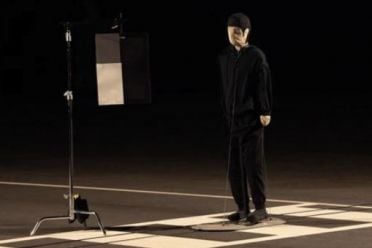
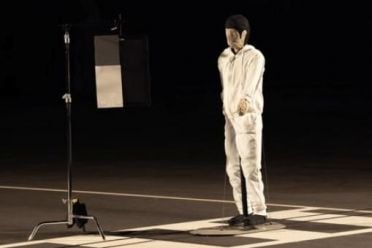
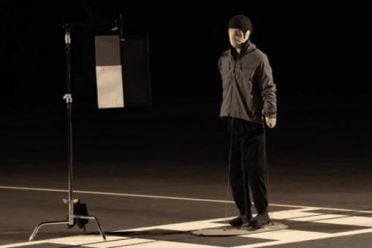
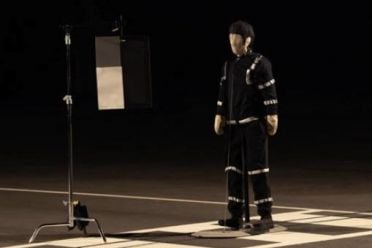
Real-World Implications
While the theory suggests that reflective clothing could impact AEB functionality, real-world evidence is still limited. Most AEB systems are designed to distinguish between various objects based on size, shape, and movement patterns. However, as technology evolves and more vehicles are equipped with these systems, it becomes crucial to understand their limitations. For pedestrians and cyclists wearing reflective gear, this raises important questions about safety. While being visible is essential for avoiding accidents, it’s equally important for drivers to recognize and respond appropriately to all road users.
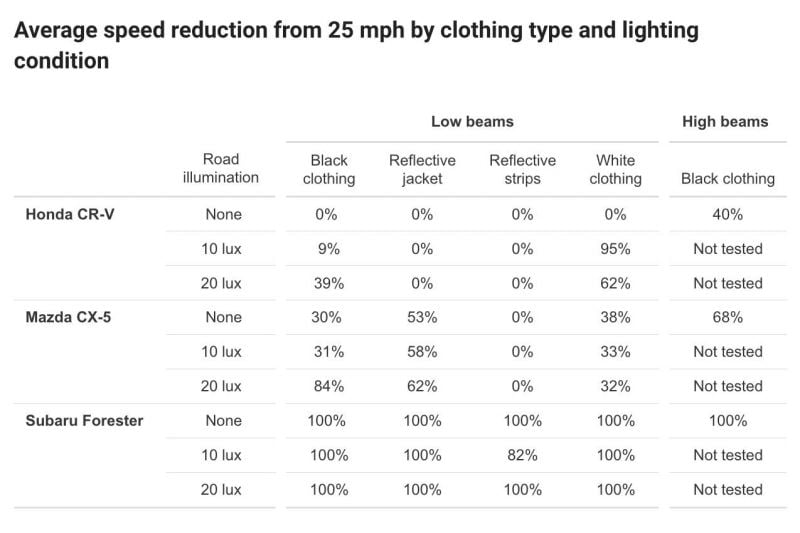
Testing AEB Systems with Reflective Clothing
To better understand the potential impact of reflective clothing on AEB performance, further testing is needed. Researchers and automotive engineers can conduct controlled experiments using different types of reflective materials in various lighting conditions. This will help determine if certain fabrics or designs significantly affect detection accuracy. Additionally, manufacturers of AEB systems should consider incorporating adaptive algorithms that can better differentiate between reflective surfaces and actual obstacles. As technology advances, improving the reliability of these systems will be essential for enhancing road safety.
Recommendations for Pedestrians and Drivers
For pedestrians and cyclists:
- Choose Visibility Wisely: While wearing reflective clothing is crucial for visibility at night or in low-light conditions, consider combining it with non-reflective elements that maintain a natural appearance.
- Stay Alert: Always be aware of your surroundings and make eye contact with drivers when possible. This helps ensure that you are seen and understood as a road user.
For drivers:
- Stay Informed: Understand how your vehicle’s AEB system works and its limitations. Familiarize yourself with how it responds in different scenarios.
- Practice Caution: Always be prepared to take manual control if you feel that your vehicle’s sensors may misinterpret a situation.
Reflective clothing plays a vital role in enhancing visibility for pedestrians and cyclists; however, concerns about its potential impact on Autonomous Emergency Braking systems warrant attention. As automotive technology continues to evolve, it’s essential for both road users and manufacturers to understand how these innovations interact with everyday safety gear. By fostering awareness and encouraging further research into this issue, we can work towards ensuring that both visibility and detection accuracy remain priorities on our roads. As we continue to embrace advancements in automotive safety technology in Australia, understanding their implications will help create safer environments for everyone.
Porsche 917K Once Owned by Steve McQueen Hits Auction Block: What You Need to Know – aafa.com.au
